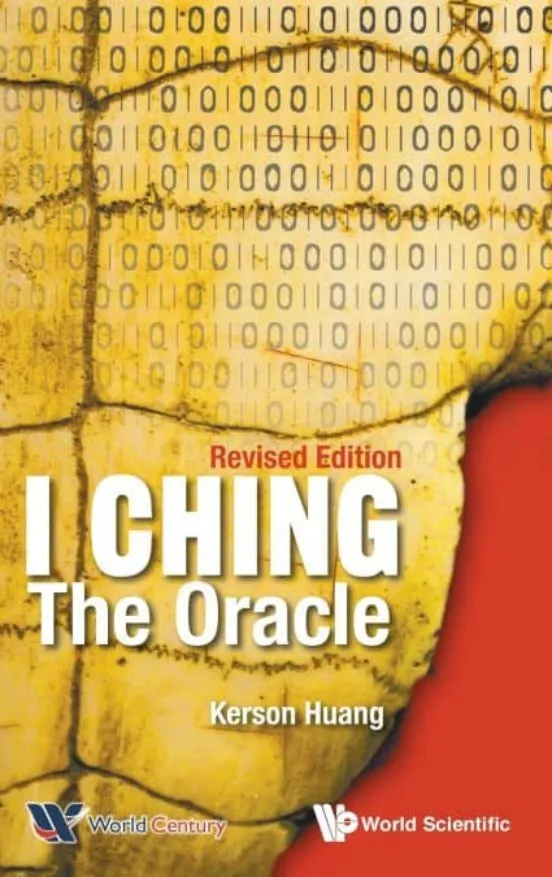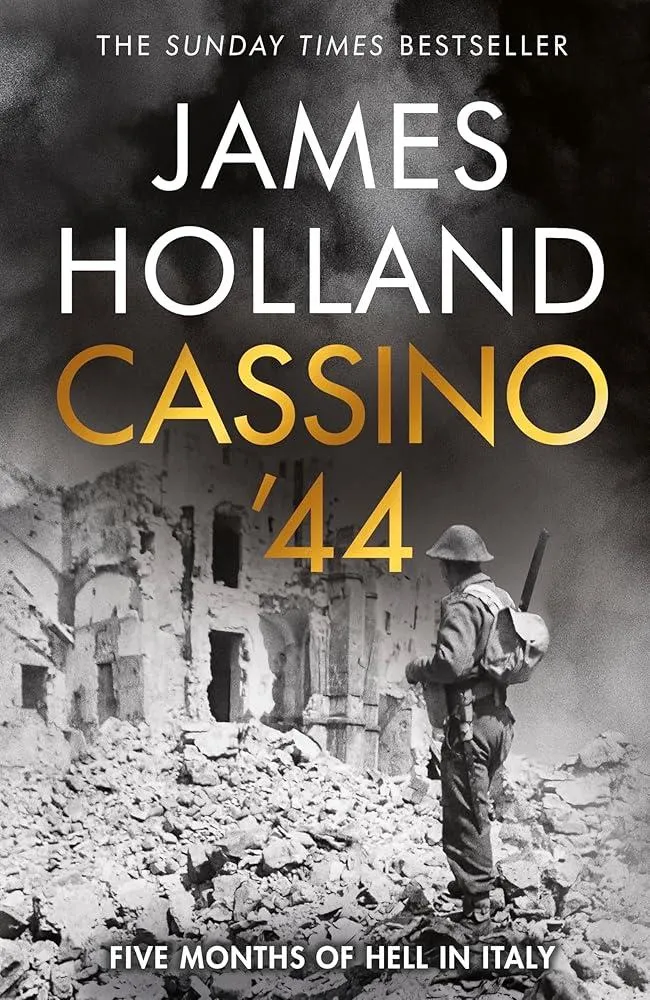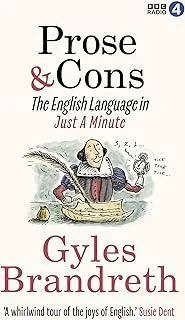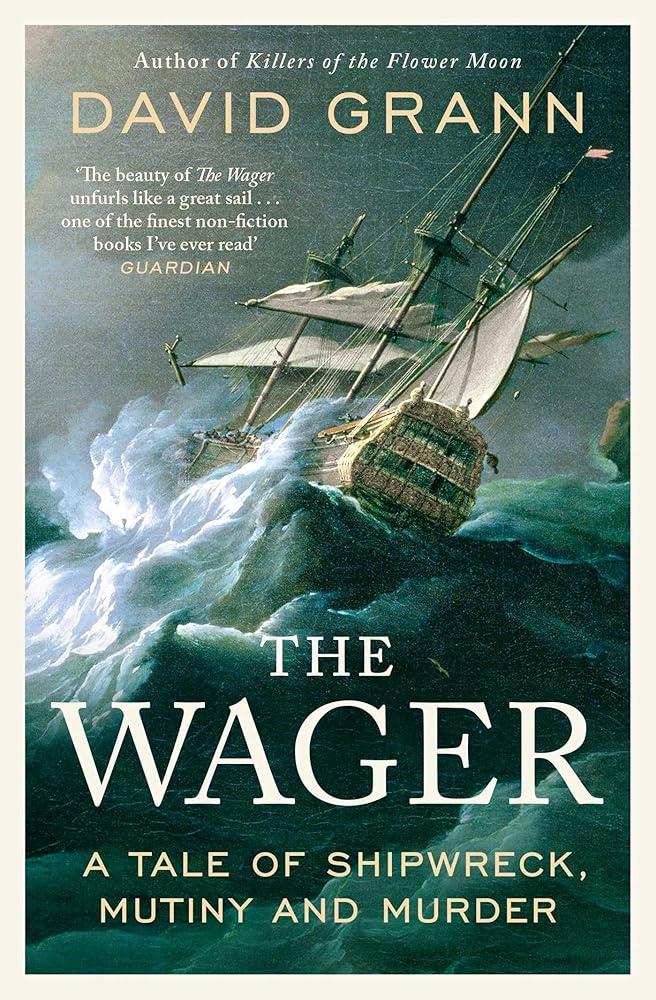
This book contains a dramatic and revealing translation of this ancient classic into English. The Chinese original is set side-by-side with the translation. Two things set this work apart from other translated versions. First, archeological findings are used to uncover the meaning of passages obscured for thousands of years. Second, it preserves the flavor of the original in a poetic rendition. An introductory part of this book provides the historical and philosophical background to the I Ching. The story is told of the ancient Chinese civilization, pointing out events and figures mentioned in the I Ching. The undisguised face of the I Ching will appeal to the modern reader, who will read it in his or her own individual way, as poetry, as discoverer of self, or as soothsayer. It is in the grand tradition of the I Ching for different people to see different things. To Confucius, who was born in 550 B.C., it was a source of ethics. To Leibnitz, the eighteenth-century inventor of calculus, it was the essence of binary mathematics. To Jung Freud's rival in psychology, it was an explorer of the unconscious. To some Wall Streeters, it predicts the stock market. This revised edition includes a new chapter on a historical perspective, and other additions, changes and minor reformatting.
Kerson Huang
Kerson Huang was a renowned theoretical physicist known for his groundbreaking work in quantum field theory. His most famous work, "Quantum Field Theory: From Operators to Path Integrals," revolutionized the field. Huang's precise and analytical writing style made complex concepts accessible to a wide audience, solidifying his legacy in literature and science.





